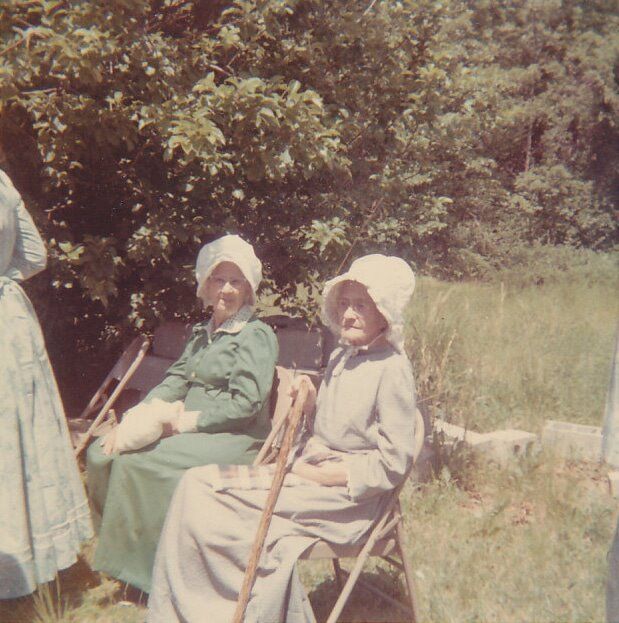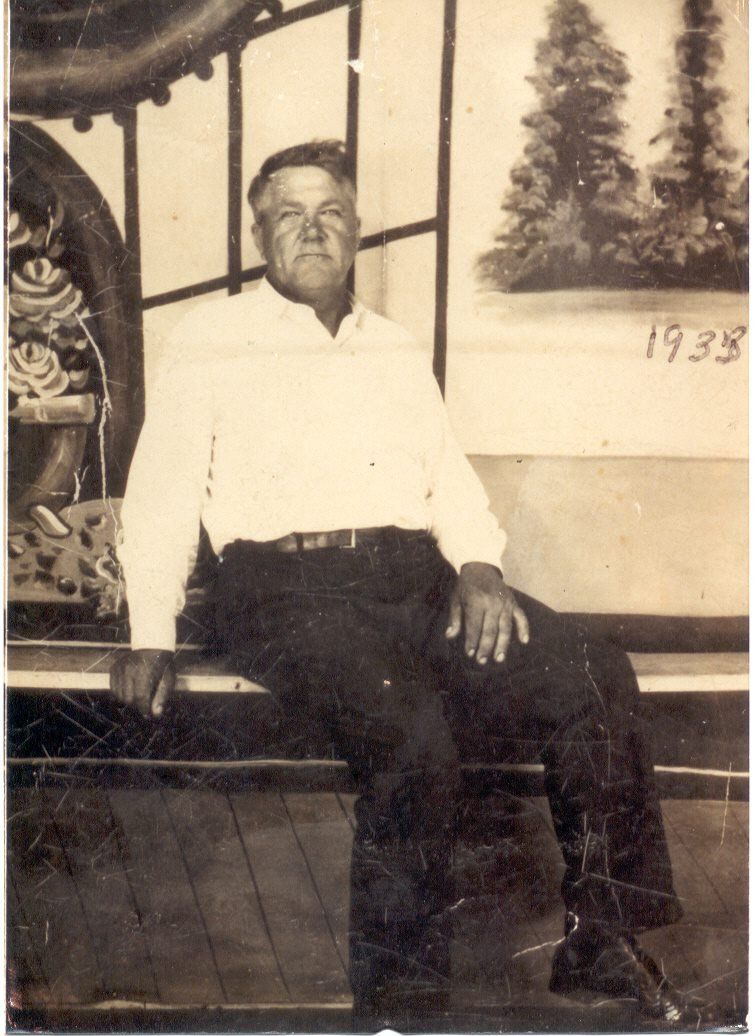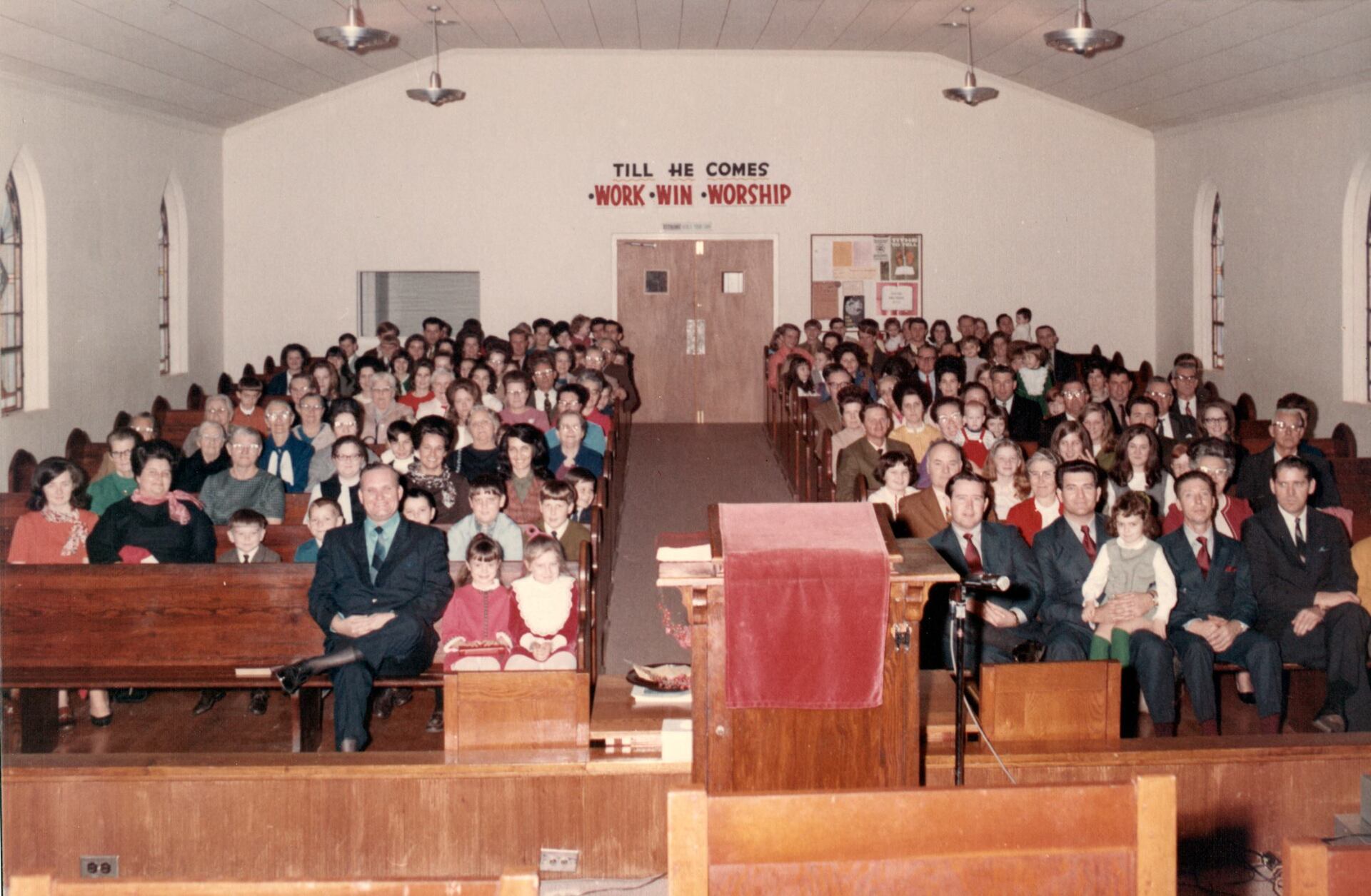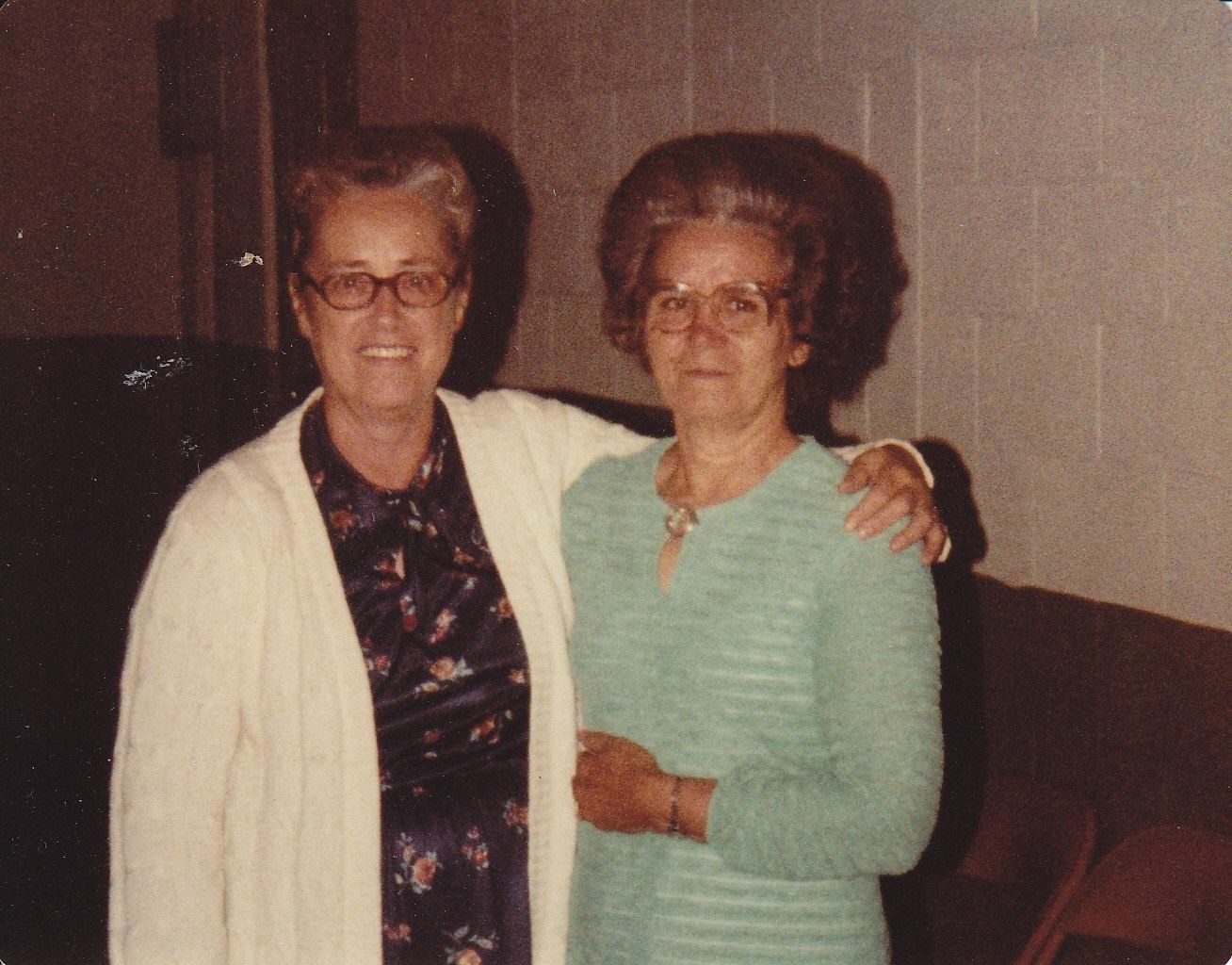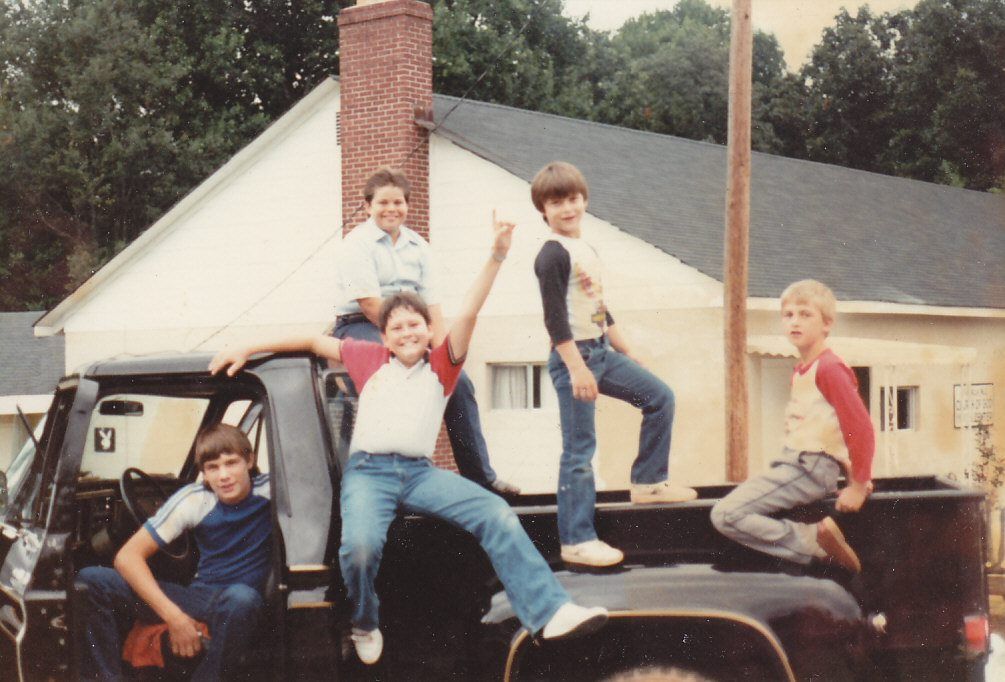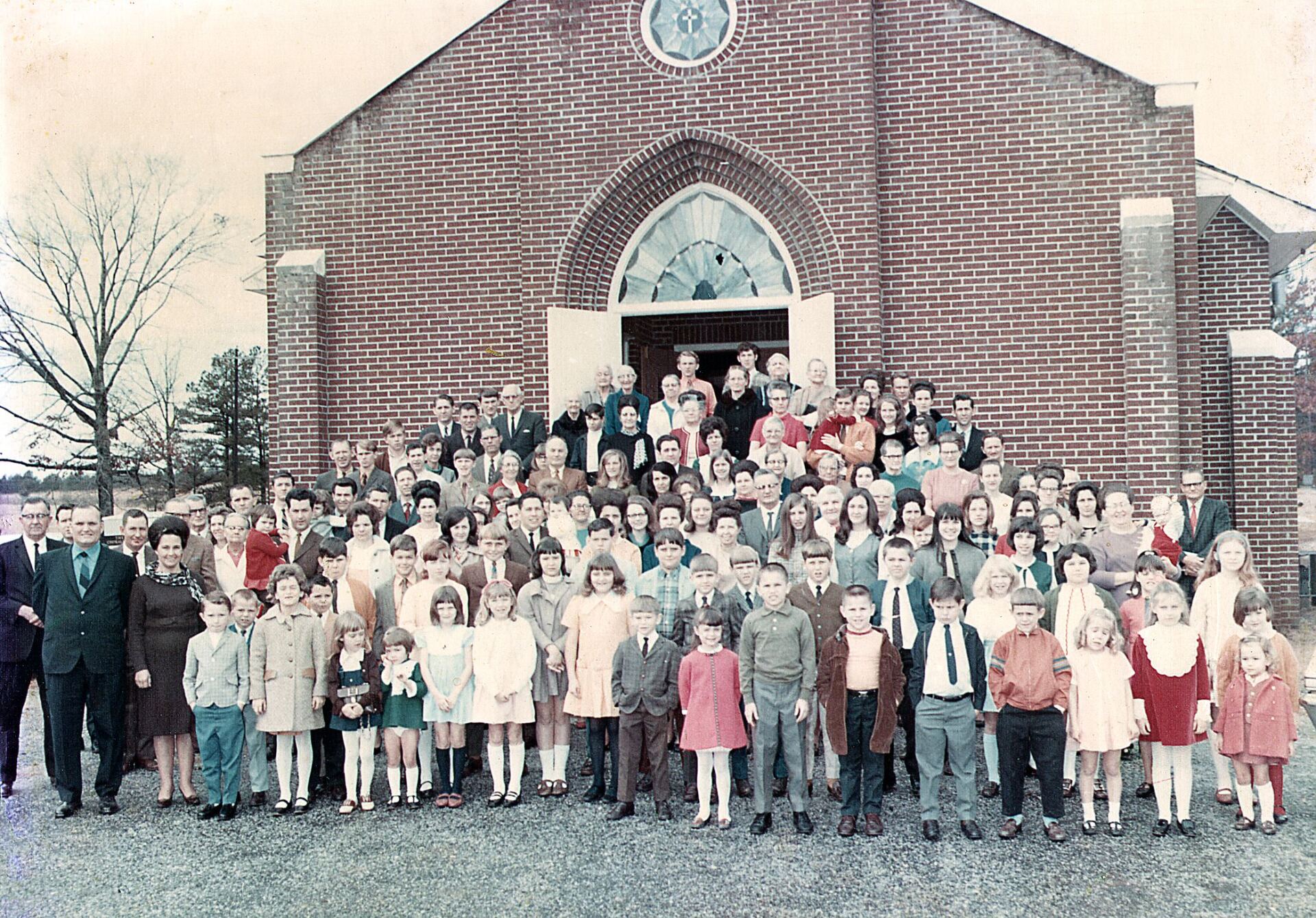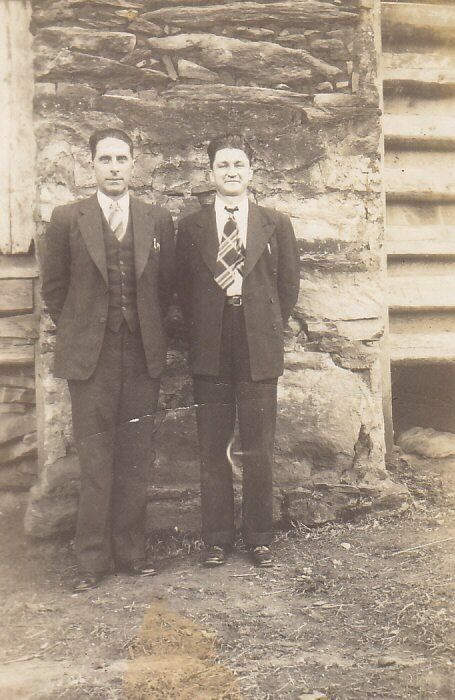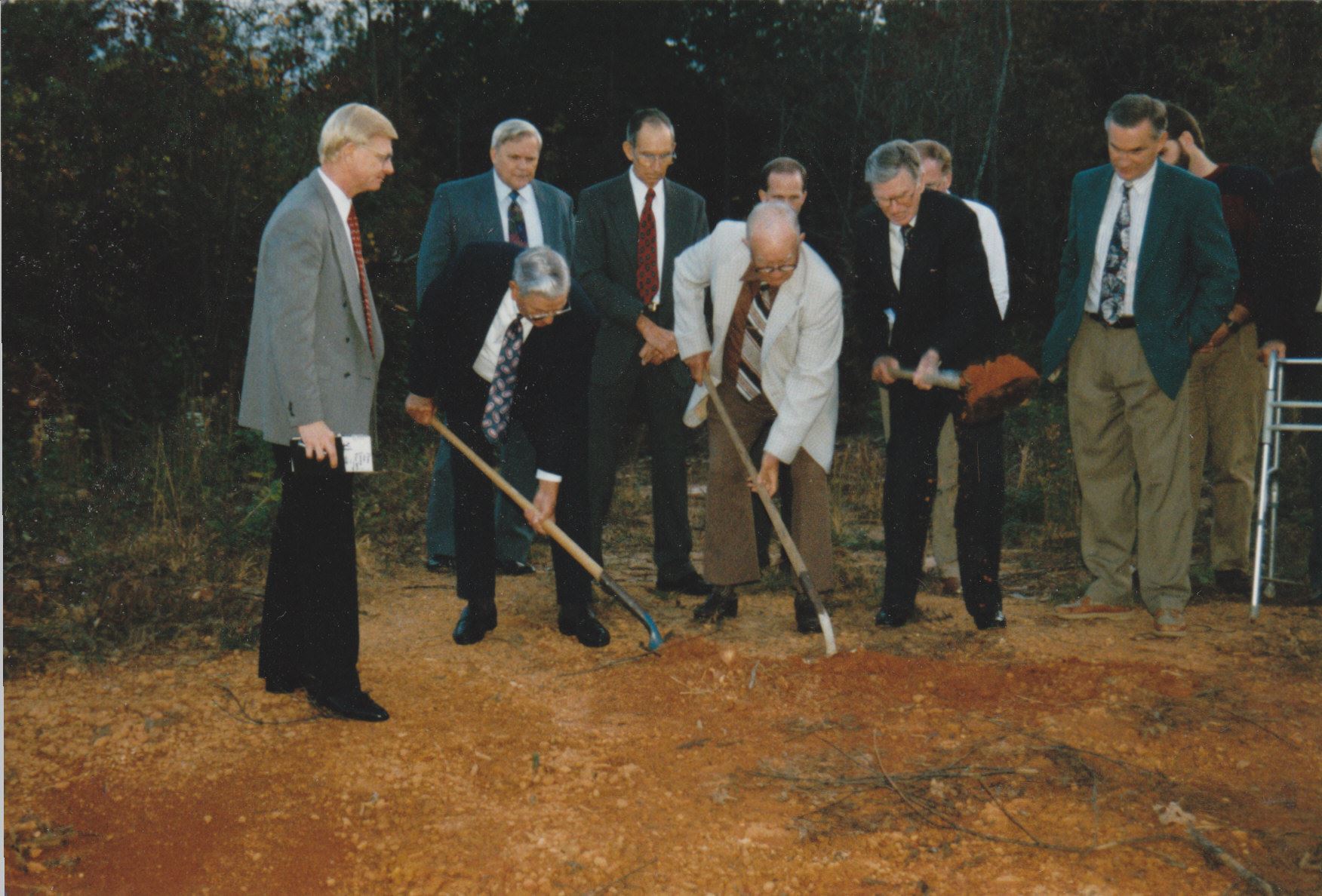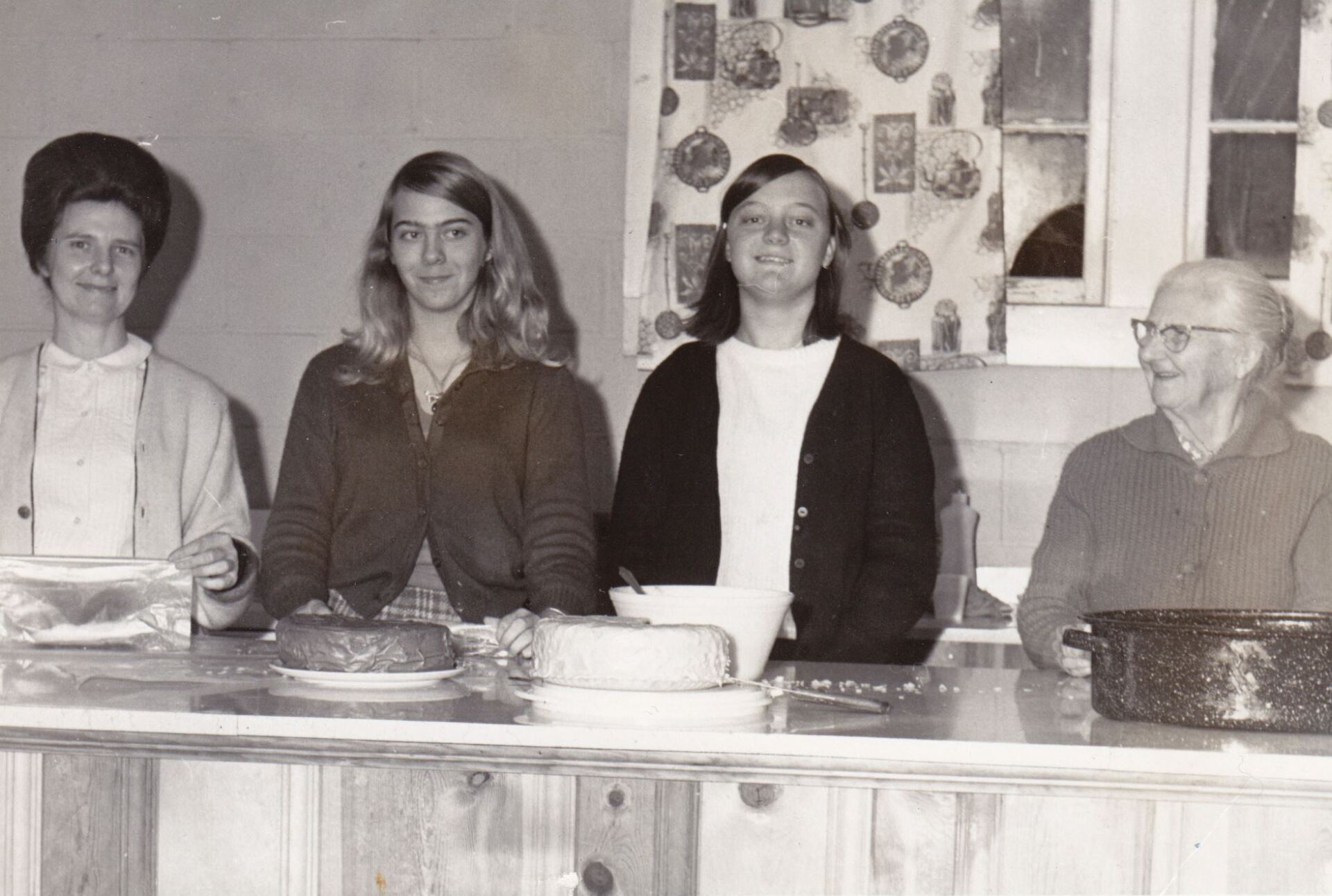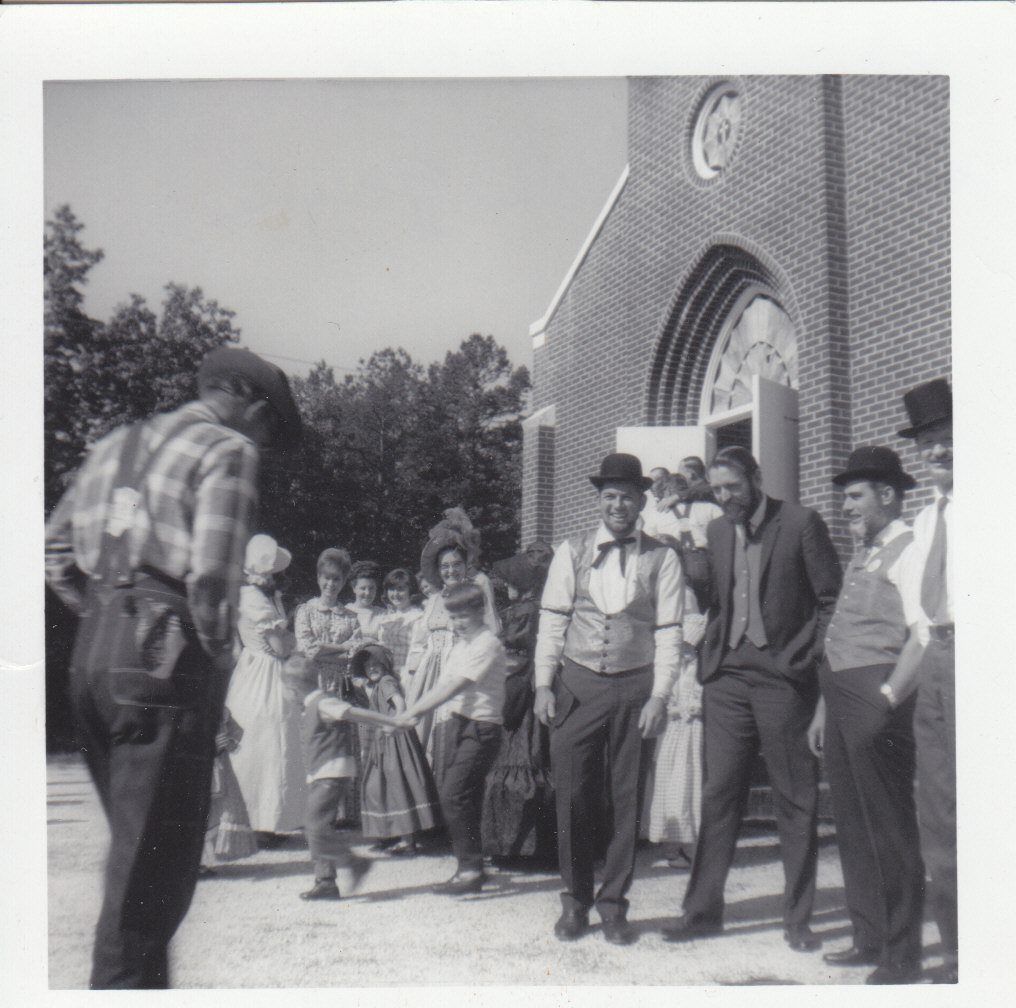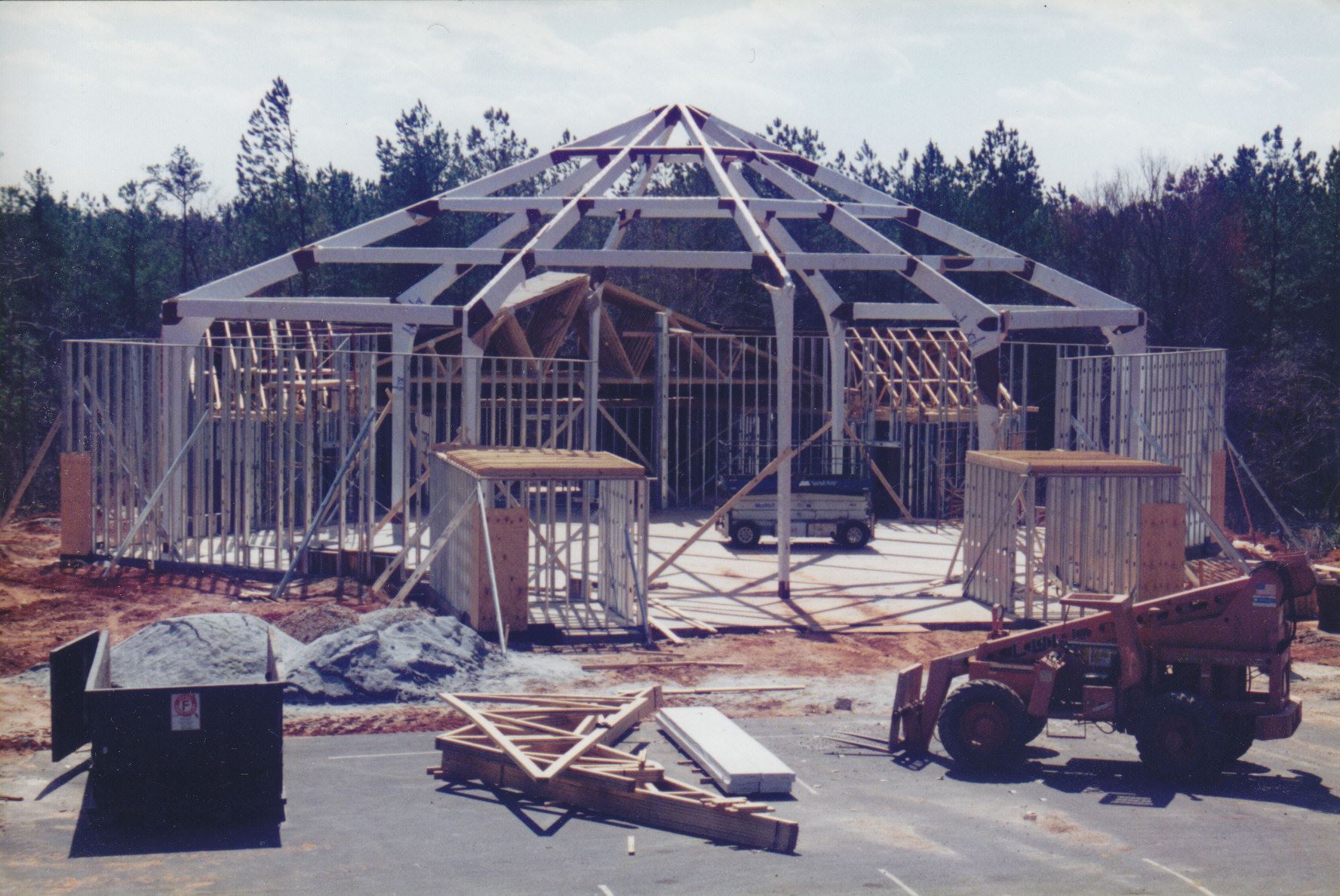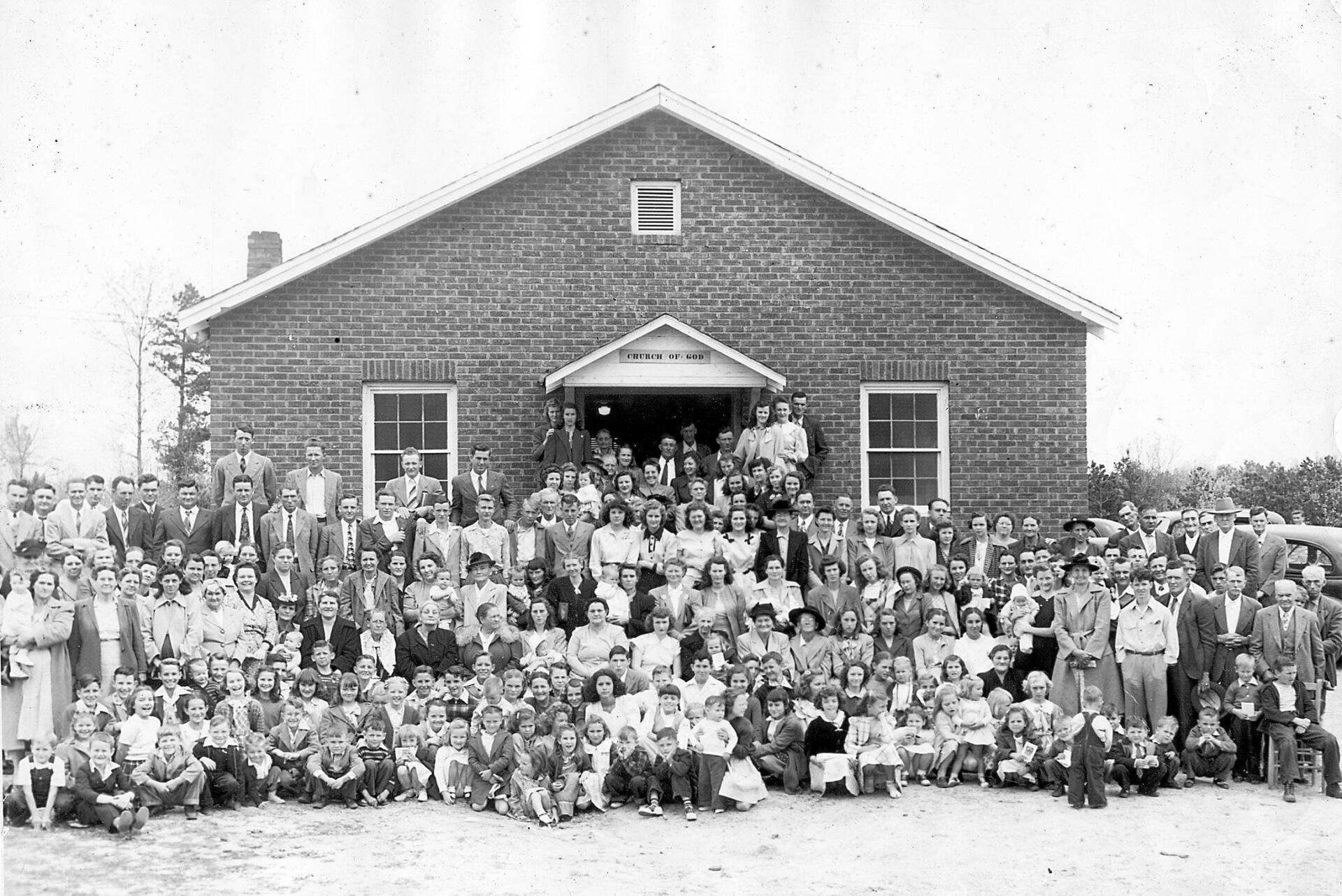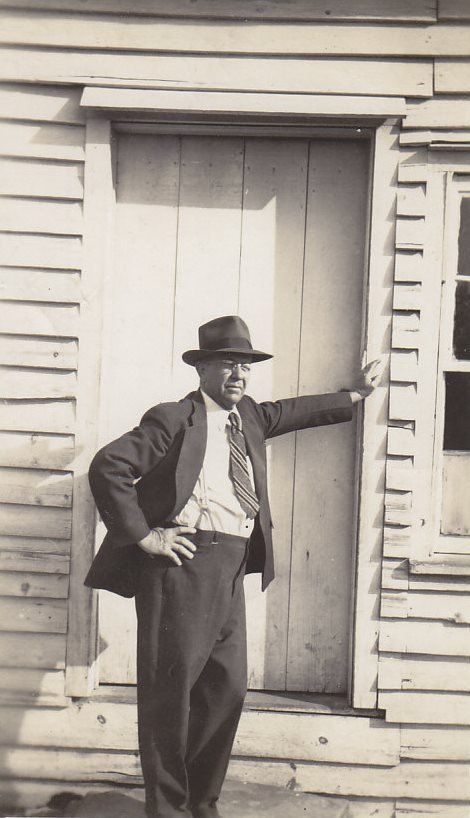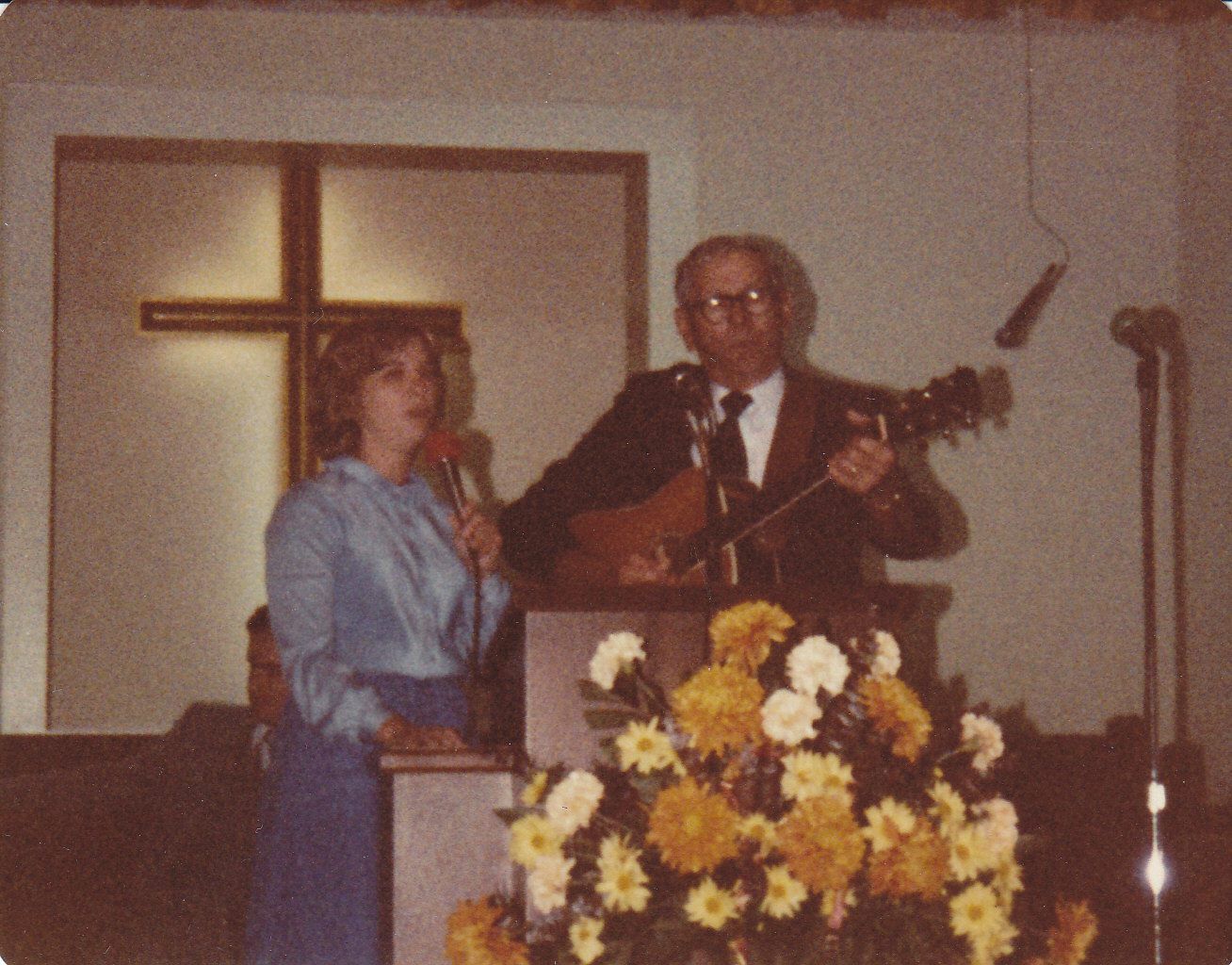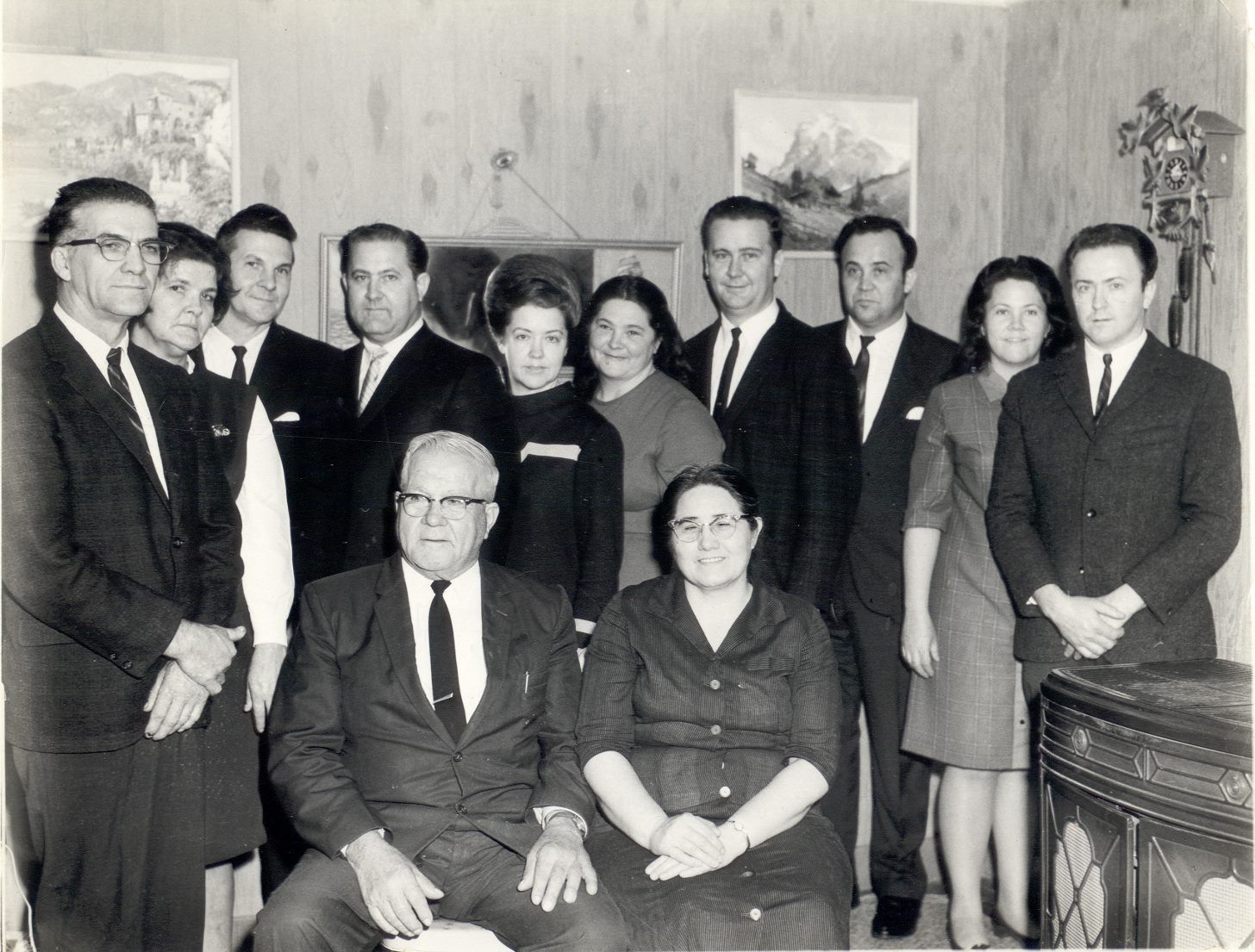OUR HISTORY
As the oldest Church Of God church in South Carolina, we are proud of our history!
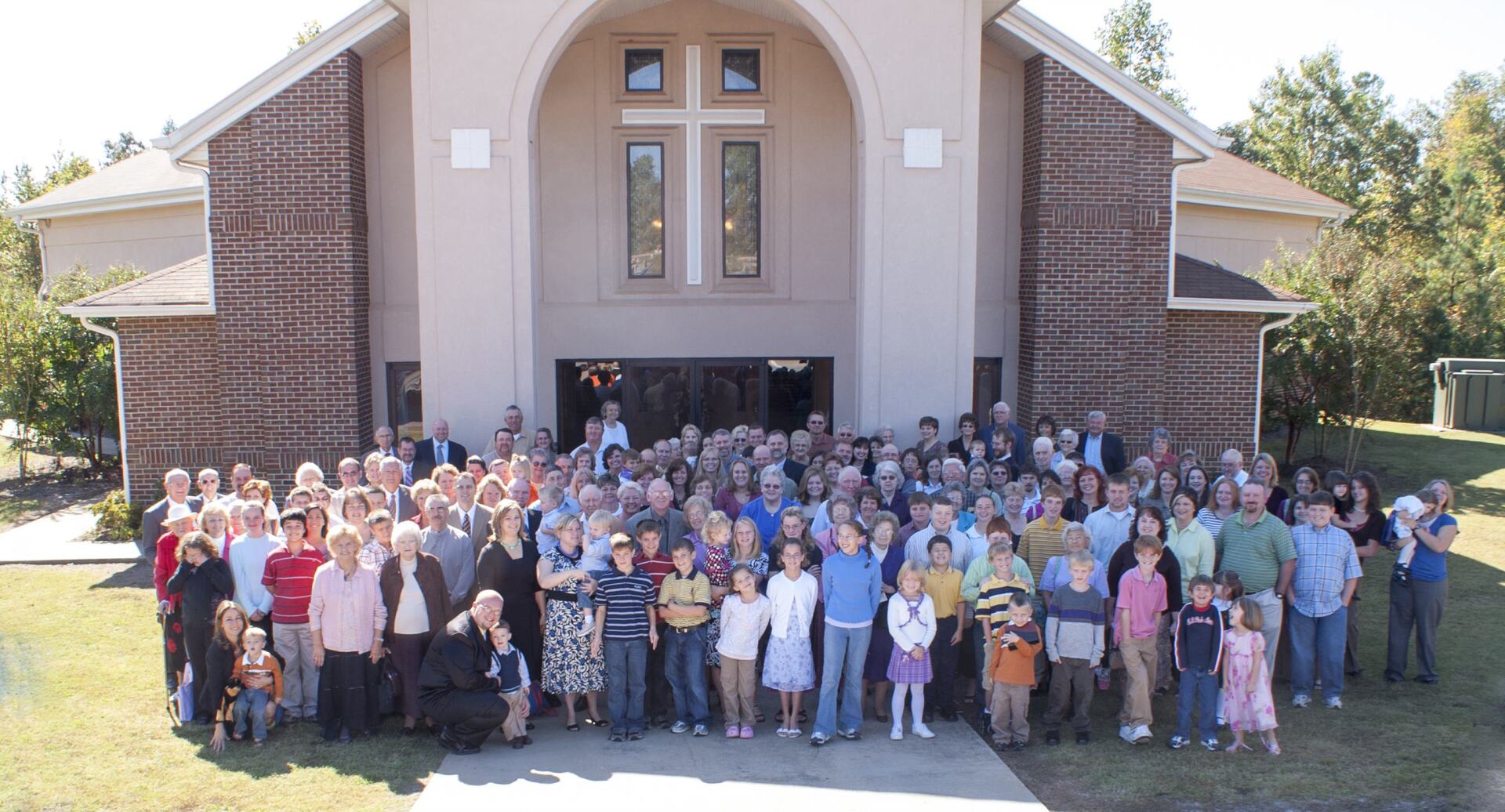
The Beginning
Sometime around 1912-1913, Rev. J.C. Underwood boarded a train from Tennessee and headed for Oconee County in South Carolina. The train had to travel by way of Atlanta, Georgia, and then back northeast toward Seneca, South Carolina. Arriving at Seneca, Rev. Underwood loaded the tent he had brought with him onto the flatbed car of another train. From Seneca to Walhalla, he rode with the tent on to the place God would ordain him to minister. When Rev. Underwood arrived in the Walhalla area, he met a man by the name of Jacob H. Chapman of the Fairfield Community. Mr. Chapman allowed the tent to be set up on his property and soon a revival was underway.
It is believed that the tent remained on this same site for as long as one year or longer; and then the group divided. Those who remained continued with their regular services, although they were not officially organized as a local church until about 1923. That group became the Mount Pleasant Church of God. It was disbanded around 1937.
The larger group of believers moved with Rev. Underwood about eight miles or so to the Ebenezer Community of Oconee County. Here the tent was set up off Crooked Creek Road (State Road S-37-175), just off of Old Highway 11 (now named Country Junction Road). Rev. Underwood and his congregation worshiped here for some time, but still as an unorganized church.
From that location in the Ebenezer Community, the group moved about five miles to the Oconee Creek Community. They moved into a building on the property owned by Fred S. Morgan. The building was about twenty feet by twenty feet and had been used as a storage house for cotton. It became known as Morgan’s place.
In 1914 Fred S. Morgan gave the group of believers an acre of land upon which to build their first church building. This is the property where the old sanctuary is presently located. Until the building was erected, the group continued to meet at Morgan’s place. On July 15, 1914, the first Church of God in South Carolina was organized with eighteen members. They were: Frank Richie, Mr. & Mrs. T. J. Eades, Mr. & Mrs. Issa Eades, Mr. & Mrs. John Pearson, Mr. & Mrs. Sam Pearson, Mr. & Mrs. Will Pearson, Mr. & Mrs. Bea Owens, Mrs. Jacob Chapman, Mr. J. B. Eades, Mrs. Clara Lee, and Mr. & Mrs. Cleve Vaughn.
In August 1915 a church building was started and on June 4, 1916, services were conducted in the new building for the very first time. The church was simply known as the Church of God at Walhalla. Later, after the town church was organized, it was called the country Church of God at Walhalla. The church became known as the Walhalla #2 Church of God, supposedly because it was located on rural mail route #2. Another account tells of the bank needing a way to keep track of the two churches. So the bank designated the town church as #1 and we received the #2 designation. The pastor was J. C. Underwood, who had been responsible for bringing the Church of God message into the State of South Carolina three or four years prior to the organizing of the first church. Rev. Underwood had been appointed to serve as state overseer in South Carolina at the Tenth General Assembly of the Church of God, November 1914. So, not only did J. C. Underwood have the responsibility of pastoring the first church in South Carolina, he also served as state overseer at the same time.
After the building was completed, the church enjoyed much success but also experienced some measure of persecution. Services were often disrupted by those who opposed the presence of the Church of God in their community. Rocks were thrown through the windows of the building. Tomatoes, as well as eggs, were thrown at the people going into and coming out of the building. Threats were often made, but God showed His glory among the people.
Mrs. Rosa Eades, the final charter member of the church to go to be with the Lord, reported that J. C. Underwood returned to Walhalla in 1917 to conduct a revival meeting. During the meeting he spoke of handling snakes through the power of God. On the way to church the following night, two unbelievers came upon a rattler in the road. They caught it and carried it into the service with them as a challenge to what the evangelist had said the night before. The pastor of the church at the time was Andrew Green and he told his congregation that if God willed, they could handle the snake. The pastor placed the rattler on the altar in a box and many of the people present handled the snake and not one person was bitten. No doubt this was done to convince the doubters of the power of God as spoken of in Mark 16:18.
The church building remained physically unchanged until John Watkins came as pastor. The roof of the building was torn off and replaced, and the inside ceiling was lowered. When J. C. Green came, around 1944, the building was whitewashed and underpinned and electricity was installed in the building for the first time. Until 1947, there were no Sunday school facilities at all. Classes were conducted on both sides of the choir and in several areas of the auditorium. Later wires were strung from side to side and sheeting material was used to divide the large room into more private classrooms. Under James T. Shealy, two rooms were built on either side of the rostrum and three classrooms were built underneath the building. Also the entire structure was bricked. In 1954, Lionel Morgan lead the congregation into a major building program at which time a beautiful sanctuary was constructed. The old building was developed into a badly needed educational facility for the growing congregation. A .L. Hartgraves led the church into another major building program while he served as pastor. The old educational building, which was the original church building built in 1916, was replaced by a lovely two-story educational building with nursery, office, pastor’s study, and classrooms.
W. J. Lesley was pastor of the church when the fellowship hall was built. At the time it was the largest facility of its type in the area, and featured a basketball goal, ping pong and dart games, and full kitchen. The fellowship hall is a multi-purpose building used by all ages of the church.
The name of the church was changed in 1984 to North Walhalla Church of God. No matter which name you remember it by, the North Walhalla Church of God remains one of the leading churches in the state of South Carolina and a strong and powerful influence for God in Oconee County.
"For where two or three gather in my name, there I am with them."
- Matthew 18:20
North Walhalla Church of God
426 Deaton Road, Walhalla, SC 29691

